Museum Matters: April 2019
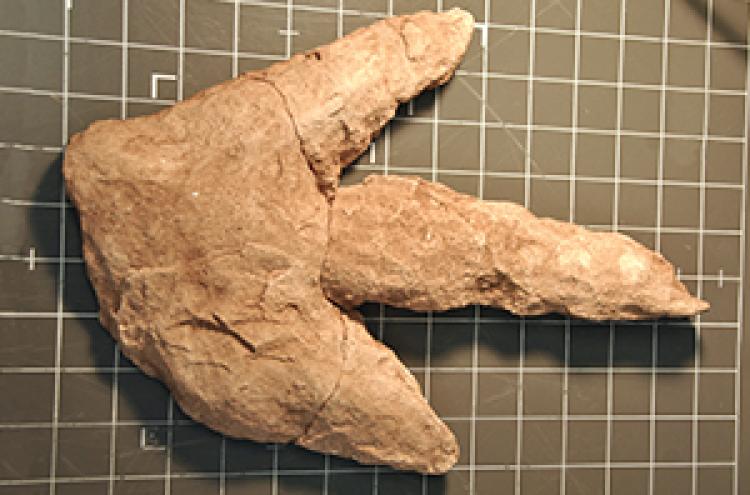 Keep On Trackin’
Keep On Trackin’

The University of Colorado Museum of Natural History was chosen as the repository for the scientifically important collection of fossil tracks collected by Dr. Martin Lockley. As a pioneer in fossil track research, Dr. Lockley has published several scientific journal articles and books about the subject (e.g. “Dinosaur Tracks and other fossil footprints of the western United States”). Fossil tracks can not only help researchers document the diversity of organisms at a particular locale, but can also provide insight into the ecological nature in which the tracks formed. Over 2900 specimens were initially deposited at the Museum in 2011 when Dr. Lockley retired from CU Denver. The Museum received support from the National Science Foundation to help move, digitize, and store the deposit of Dr. Lockley’s incredible collection. From this initial deposit, a popular exhibition, Steps in Stone, was developed based on Dr. Lockley’s work—first opening at the Museum (November 2014–February, 2016) then traveling to CU Denver (February 2016–April, 2017). Despite being formally retired, Dr. Lockley continues his research on fossil tracks and even continues to collect new specimens from the field, where they are accessioned and cataloged at the Museum. Because of Dr. Lockley’s ongoing collecting efforts, his collection now has over 3200 specimens! The fossil track database is indeed searchable by the general public.
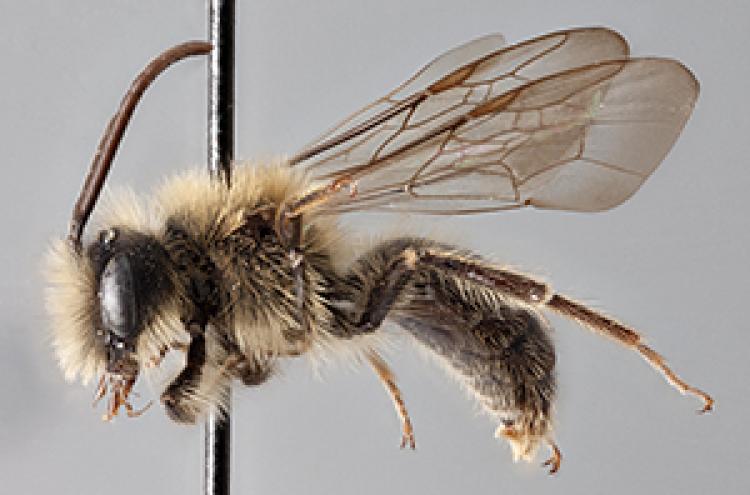 Getting to Know Bees
Getting to Know Bees

Colorado is home to one of the most diverse bee faunas of any place in the world. With over 900 species, most of which are not social but live a solitary lifestyle, there is tremendous variety of form and function in this assemblage. In 2011, our Entomology Section’s own Virginia Scott (with co-authors J.S. Ascher, T. Griswold & C. Nufio) inventoried the state’s 946 bee species (download a PDF of their work here). At the CU Museum, we house an amazing collection of bees, from across Colorado and beyond. Work in the Entomology Section is now focused on acquiring digital images of our bee specimens. Each photo is actually a composite of more than 40 separate images, compiled to make a single impressive creation giving great detail and depth of field. The next phase of this work will be to make these images available on the internet.
Caption: Andrena vicinoides Viereck this male mining bee was collected one mile west of Gold Hill from flowers of leafy spurge on June 4, 1963 by Url Lanham and Bea Vogel. This is a montane species found in western North America.
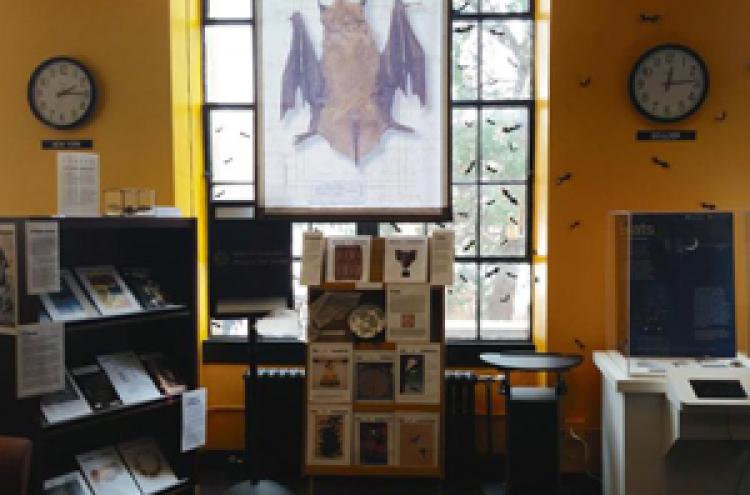 Bats in the Altec
Bats in the Altec

In a new on-campus collaboration, the Museum and ALTEC (Anderson Language and Technology Center) will work together to bring Museum exhibitions to Altec’s “the HIVE”, a learning laboratory located in Hellems building (Room 159). The first exhibition will be about bats, and can hopefully spur conversation and dialogue about how bats use language and are represented in cultures around the world. The team at Altec is great, and we look forward to more collaborations and developing future exhibitions with them to promote science, language, culture and learning.
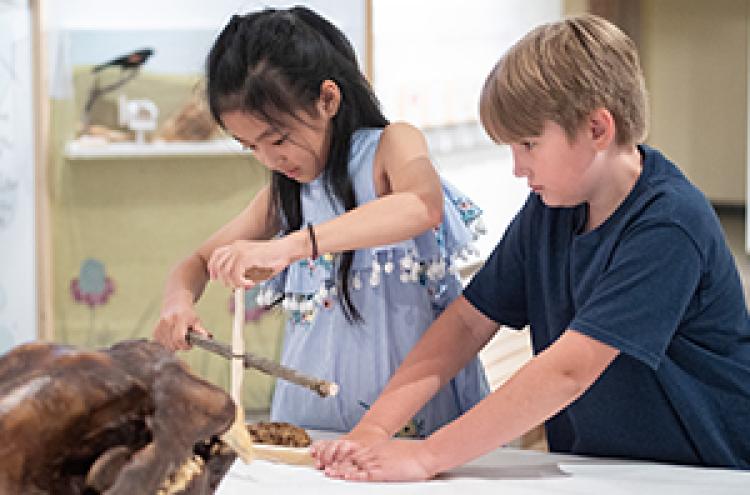 Museum Resources Reach Schools Across Colorado
Museum Resources Reach Schools Across Colorado

One of our goals at the Museum is to share our esteemed research and educational resources with school districts across our state, especially those with few hands-on, instructional materials. Working with Museum curators and staff, Jim Hakala, the Museum’s Senior Educator, has developed kits on “Archaeology,” “Fossils” and, soon to be launched, “Mammals” for elementary schools, that include learning tools and curriculum that are aligned with state academic standards. Jim also travels around the state to demonstrate the kits, helping teachers learn how to best use the kits in their classroom. To date, these kits are in 41 of Colorado’s 64 counties, serving over 35,000 school children annually. The goal is to have these resources in all of Colorado’s counties by 2021. We are proud of the work Jim and our staff has done using our large and diverse resources. For more about this exciting program, visit Public Outreach and Community Engagement.
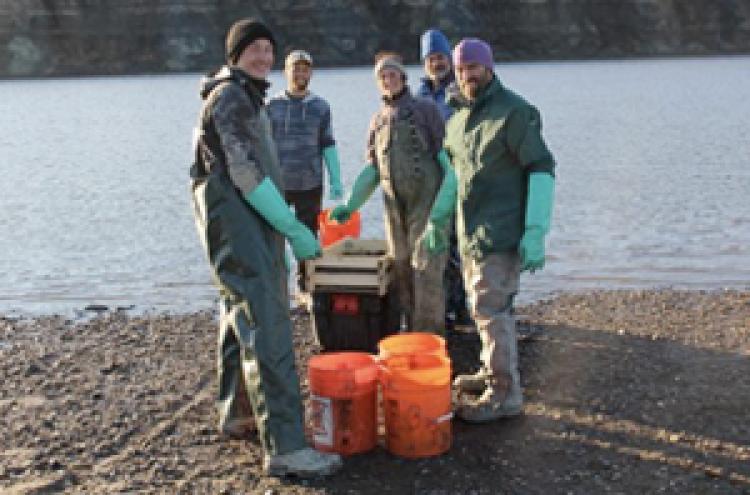 Once Upon a Time: Jaelyn Eberle’s new research
Once Upon a Time: Jaelyn Eberle’s new research

As Dr. Jaelyn Eberle of the Museum’s Fossil Vertebrate Section studies in the Canadian Arctic and Alaska, she often finds evidence, millions of years old, of a once-warmer climate near the North Pole. Her most recent finding is of the northernmost discovered marsupial, a tiny mammal about the size of a house mouse, from a Late Cretaceous deposit on Alaska’s North Slope from about 69 million years ago. Today, in North America, the living relatives of Unnuakomys hutchisoni (the name bestowed on the new fossil species by Dr. Eberle and her team) only venture up to the lower regions of Canada. Read more about Jaelyn’s research at CU Boulder Today.
Comings and Goings
- Dr. Stephen H. Lekson, Curator of Archaeology and Professor of Anthropology officially retired last year and has recently received Emeritus status. CU faculty, staff, students and his contemporaries from around the globe gathered in December for a memorable symposium of storytelling, reminiscing about the past and thinking about the future. Throughout his tenure, Steve directed more than twenty archaeological projects in the Southwest and plans to continue working with our collections as well as on other projects. Steve’s most recent book A Study of Southwestern Archaeology is available in our Museum Gift Gallery and online.
- For nearly five years, Assistant Director Sharon Tinianow supervised the Public Section staff of eight, managed a variety of exhibit projects, and led the annual program and exhibit planning process for the public side of the Museum. This past January, Sharon transitioned into a new Special Projects Manager position where her planning, interpretive writing, and exhibit development skill will support the CU Museum’s collaborations with Mesa Verde National Park. A search for a new Assistant Director will occur later this year.
- Charles Counter Senior Instructor Adjoint in Museum and Exhibits Coordinator for the Museum retired last month after 27 years. Charles worked under four directors and oversaw the conception and construction of a long list of memorable exhibits including Gorillas In the Lens: Dian Fossey’s Legacy (1998), Temple of the Warriors (2007), and Unearthed (2015). We wish Charles a happy and healthy retirement full of travel, intellectual stimuli and creative pursuits!
We welcome your comments and feedback. Please email us with your thoughts.

